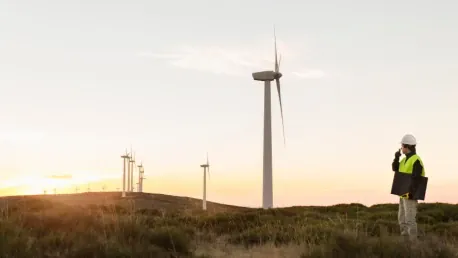
Amid rising concerns over energy consumption and costs, state-level initiatives on energy efficiency have become increasingly significant, especially in light of the federal rollback on climate policies by the Trump administration. The American Council for an Energy-Efficient Economy (ACEEE)

Croatia has developed a sophisticated system for trading energy savings, leveraging the SMiV (System for Monitoring, Measurement, and Verification of Energy Savings) platform and white certificates. This system is meticulously designed to track, verify, and monetize energy efficiency measures,

Egypt has made remarkable progress in its quest for energy reform, saving an impressive USD 900 million over the last 10 months through the adoption of energy efficiency measures and the reduction of gas consumption. One of the main achievements in this journey has been the notable increase in the

Energy efficiency grants have become an indispensable asset for organizations and individuals dedicated to reducing energy consumption and championing sustainable practices. These grants facilitate funding for projects designed to enhance energy efficiency, culminating in significant benefits such

As the world grapples with the escalating challenge of climate change, renewable technologies have emerged as a beacon of hope, offering the promise of a cleaner, more sustainable future. These technologies are at the forefront of the global energy transition, driving significant breakthroughs and

Siemens, a global technology leader, has revolutionized electricity management in Ghana through the successful integration of 950,000 smart meters into the country's electricity grid. This ambitious initiative is part of a comprehensive Meter Management System that Siemens has implemented for the